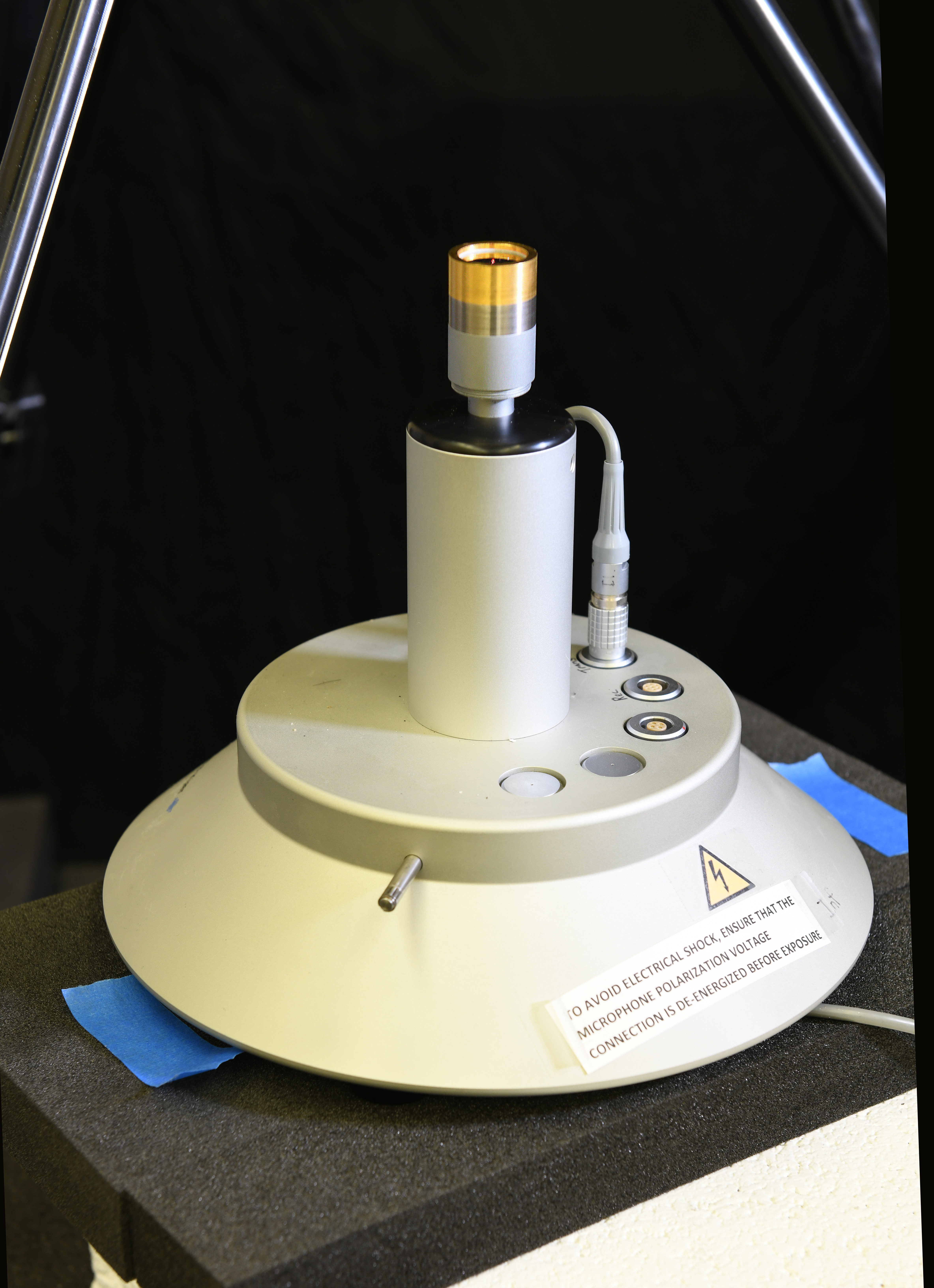Hello everybody, please be prepared for the dumbest question you might have read recently (sorry).
I've searched this topic on google without success (probably I've searched wrong, please point me in the right direction!).
What is a flat loudspeaker? Well, you say, it's a loudspeaker that sounds flat to a calibrated (flat) microphone. What about a flat microphone, how do you know it's flat? Of course, it's flat because it's recording flat when exposed to a flat loudspeaker... and back again...
So, how do we know what is flat?? What is the reference for flatness?
I mean, this should be a basic question. I can imagine a few possibilities:
1. we have a way to produce sine waves at different frequencies with the very same amplitude
2. we have a perfect source of pure white(pink?) noise
3. we don't have any of the above, but we can calculate the deviation between the actual sound and the theoretically perfect signal of points 1. and 2.
4. we just know what is flat, and the flat reference is a sort of average flatness for different listeners
Points 1. and 2. would be very desirable, and I would bet on these, however, I couldn't find anything like that (again, I might have searched wrong). I would settle also for 3. but, again, I couldn't find any evidence of that.
Point 4. is plausible but not very desirable, since everybody might have a slight ear difference and this would limit the ability to calibrate by ear (what if my ears don't respond exactly to equal loudness? I might be targeting the wrong curve).
Please help me in understanding this! It was fantastic when I discovered that EQ could be used to fix the audio (It was really a surprise after years of "knowing for sure" that EQ was just additional "distortion"). And this was possible just by targeting the equal-loudness contour (eventually adjusted by the Harman target). Later on, I started questioning myself whether I was just calibrating my audio devices to a consistent (but possibly wrong) curve, so I need answers
I've searched this topic on google without success (probably I've searched wrong, please point me in the right direction!).
What is a flat loudspeaker? Well, you say, it's a loudspeaker that sounds flat to a calibrated (flat) microphone. What about a flat microphone, how do you know it's flat? Of course, it's flat because it's recording flat when exposed to a flat loudspeaker... and back again...
So, how do we know what is flat?? What is the reference for flatness?
I mean, this should be a basic question. I can imagine a few possibilities:
1. we have a way to produce sine waves at different frequencies with the very same amplitude
2. we have a perfect source of pure white(pink?) noise
3. we don't have any of the above, but we can calculate the deviation between the actual sound and the theoretically perfect signal of points 1. and 2.
4. we just know what is flat, and the flat reference is a sort of average flatness for different listeners
Points 1. and 2. would be very desirable, and I would bet on these, however, I couldn't find anything like that (again, I might have searched wrong). I would settle also for 3. but, again, I couldn't find any evidence of that.
Point 4. is plausible but not very desirable, since everybody might have a slight ear difference and this would limit the ability to calibrate by ear (what if my ears don't respond exactly to equal loudness? I might be targeting the wrong curve).
Please help me in understanding this! It was fantastic when I discovered that EQ could be used to fix the audio (It was really a surprise after years of "knowing for sure" that EQ was just additional "distortion"). And this was possible just by targeting the equal-loudness contour (eventually adjusted by the Harman target). Later on, I started questioning myself whether I was just calibrating my audio devices to a consistent (but possibly wrong) curve, so I need answers


